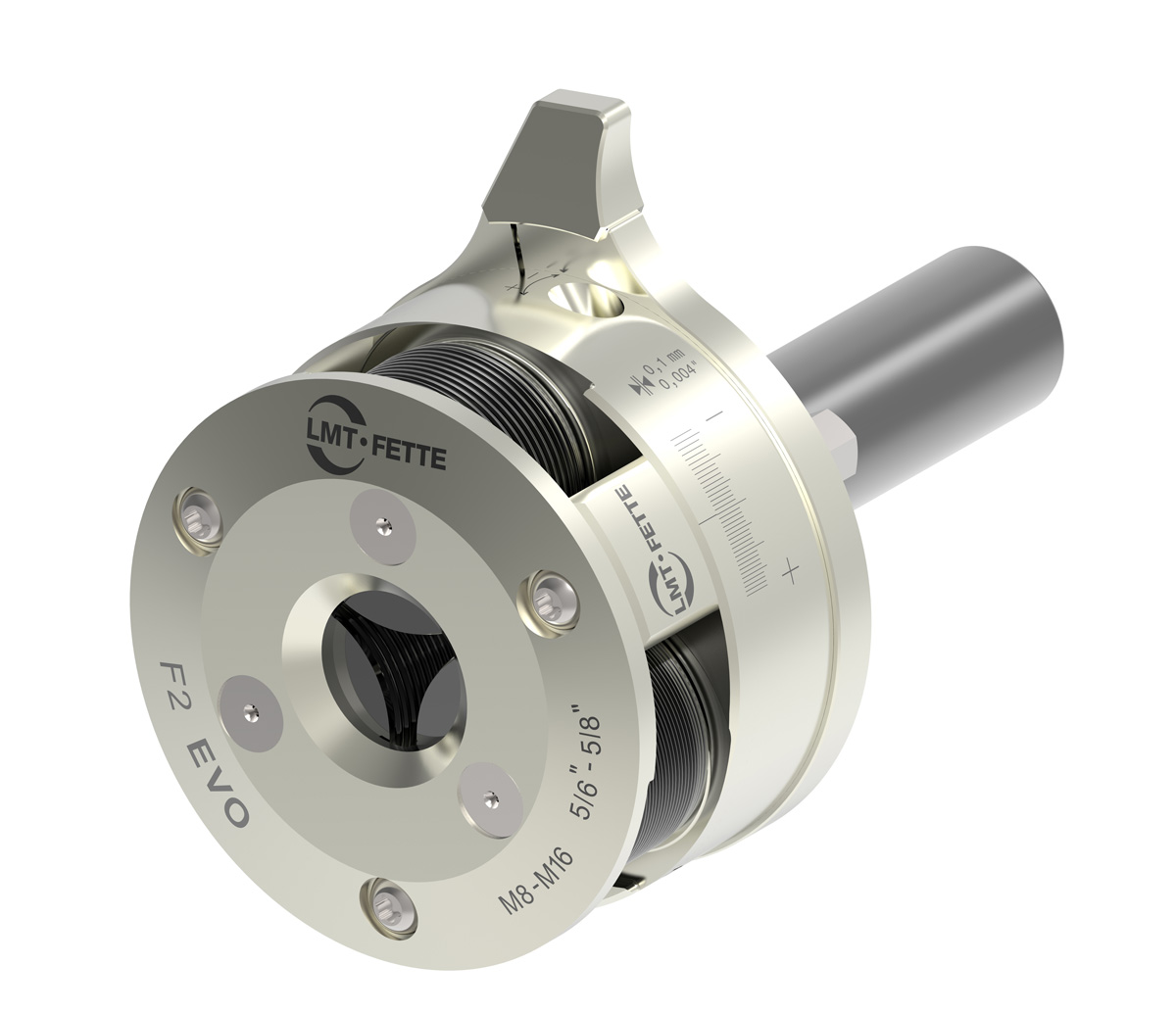Rolling screw threads in metal is the most cost and quality effective method of producing threaded parts. Three basic thread production technologies exist throughout the metal working world. Axial tools produce one thread with each revolution and have no length limitation other than the potential stroke length of the machine the tool is mounted on. The tool design utilizes a roll that requires a soft lead to start the metal deformation leading to a finished thread form. Depending on the roll lead the part will exhibit 1.5 or more unfinished thread forms at the end of the part. The harshness or softening of the lead has a direct impact on overall roll life. Despite the unfinished thread characteristic, it is possible to gauge to a shoulder using an undercut behind the thread body to clear away the unfinished thread portion.
Fette thread rolls are designed with different lead designations labeled .6K, 1K, 2K and 3K.
0.6K lead roll leaves 1.5 unfinished threads.
1k lead leaves 2 unfinished threads.
2K lead leaves 3 unfinished threads
3K lead leaves 4 unfinished threads.
Both 1K and 2K lead rolls are considered standard and priced accordingly. A .6K and 3K lead roll set are considered “special” and are premium priced.
Is there any advantage to running lengthy leads? OF COURSE! A 2K lead can add 20% to roll life in many materials. A 3K lead is frequently used in the oil patch industry and the additional unfinished threads have no impact on the performance of sucker rods as an example. Cost and availability of rolls often become the driving factor in tool selection as well as part design. Applying the best roll selection can impact on overall cost per thread but part design is frequently the driving force behind roll selection.
When thread design commands very short threads or little to no relief, axial thread rolling is not the best option even though axial rolling is always the lowest cost tooling option.
